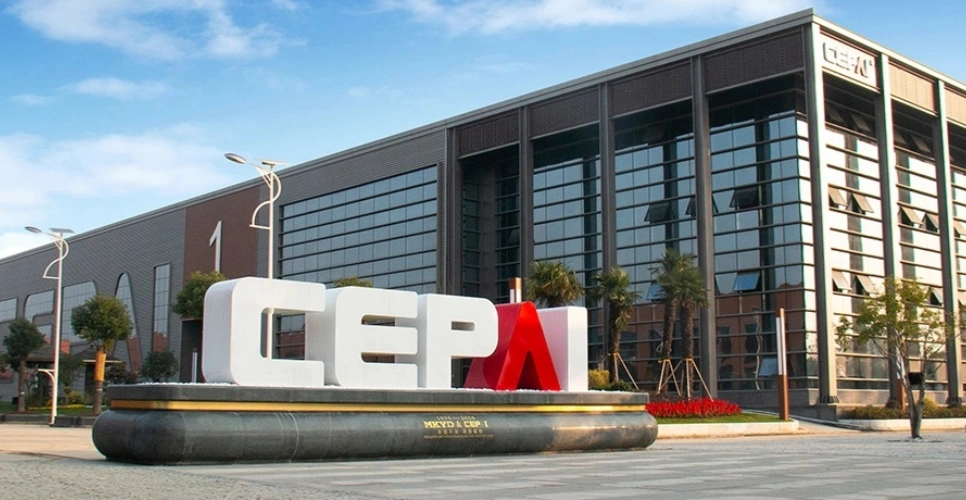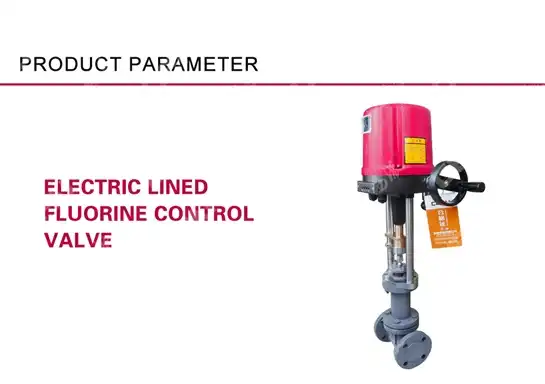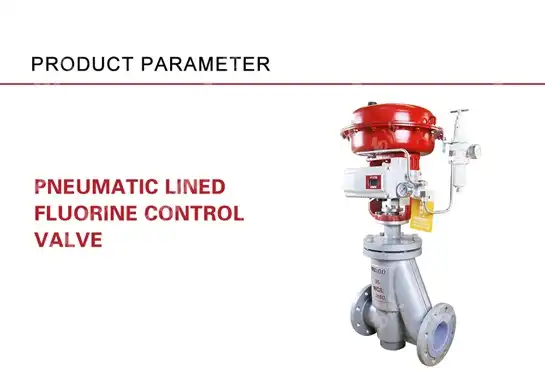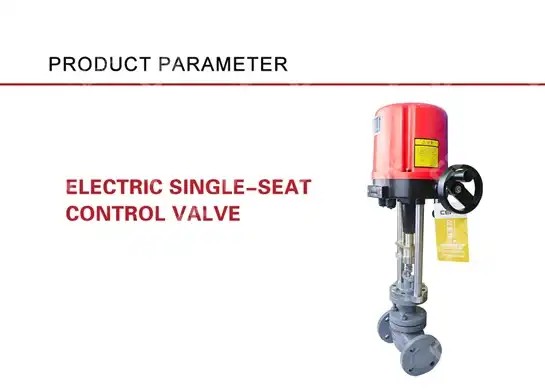Bellow Valve vs Diaphragm Valve: Difference You Need to Know
When selecting the right valve for industrial applications, understanding the fundamental differences between bellows and diaphragm valves is crucial for optimal performance and reliability. Both valve types serve critical functions in process control systems, yet they operate on distinctly different principles and offer unique advantages for specific applications. The Bellows Control Valve represents a sophisticated sealing technology that utilizes a flexible metal bellows to prevent process fluid leakage, while diaphragm valves employ a flexible diaphragm membrane for flow control. This comprehensive comparison will explore the technical specifications, operational characteristics, and application suitability of both valve types to help engineers and procurement specialists make informed decisions for their industrial processes.
Design Architecture and Operational Principles
Bellows Valve Construction and Mechanism
The Bellows Control Valve features a unique design architecture that incorporates a metal bellows assembly as the primary sealing mechanism. This bellows consists of multiple convolutions of thin-walled metal, typically stainless steel or other corrosion-resistant alloys, which can compress and extend while maintaining an hermetic seal. The bellows is welded to both the valve stem and the bonnet, creating a leak-tight barrier that prevents process fluid from escaping to the atmosphere. This design eliminates the need for traditional packing materials around the stem, which are prone to wear and leakage over time. The bellows assembly moves axially with the valve stem, accommodating the full stroke length while maintaining zero emissions. Modern Bellows Control Valve designs incorporate backup packing as a secondary seal, providing redundant protection in case of bellows failure. The actuator connects directly to the stem, allowing for precise positioning and excellent control characteristics across the full range of operation.

Diaphragm Valve Internal Structure
Diaphragm valves utilize a flexible membrane, typically made from elastomeric materials such as EPDM, PTFE, or specialized compounds, to control flow by pressing against a weir or straight-through body design. The diaphragm separates the actuating mechanism from the process fluid, creating a barrier that prevents contamination and allows for sanitary applications. The valve body features a streamlined flow path with minimal dead zones, making it ideal for applications requiring frequent cleaning or sterilization. The diaphragm flexes downward to reduce flow area or lifts to increase flow, providing excellent throttling characteristics. Unlike the Bellows Control Valve, the diaphragm valve's sealing depends on the flexibility and integrity of the elastomeric material, which may have temperature and chemical compatibility limitations. The actuating mechanism operates through a compressor that applies force to the diaphragm through the valve bonnet, creating a simple yet effective control system.
Comparative Structural Analysis
When comparing structural complexity, the Bellows Control Valve represents a more sophisticated engineering solution with precision-manufactured metal components that require specialized welding techniques and quality control measures. The bellows assembly must be carefully designed to withstand the expected number of cycles while maintaining structural integrity under varying pressure and temperature conditions. Diaphragm valves, conversely, offer simpler construction with fewer precision-machined components, making them more cost-effective for certain applications. However, the diaphragm material selection becomes critical, as it must be compatible with the process fluid and operating conditions. The Bellows Control Valve provides superior durability and longer service life in demanding applications, while diaphragm valves excel in applications requiring frequent maintenance or replacement of the sealing element. Both designs offer distinct advantages in terms of manufacturing complexity, maintenance requirements, and operational reliability.
Performance Characteristics and Application Suitability
Sealing Performance and Emission Control
The Bellows Control Valve provides exceptional sealing performance with zero fugitive emissions, making it ideal for volatile organic compounds (VOCs), toxic substances, and environmentally sensitive applications. The metal bellows creates a hermetic seal that maintains integrity over millions of operating cycles, far exceeding the performance of traditional packing systems. This zero-emission characteristic is particularly valuable in chemical processing, pharmaceuticals, and petrochemical applications where environmental compliance is paramount. The bellows design allows for precise control without the gradual degradation associated with packing materials, ensuring consistent performance throughout the valve's operational life. Additionally, the Bellows Control Valve can handle extreme temperature variations without compromising sealing integrity, as the metal bellows expands and contracts uniformly with temperature changes. The backup packing system provides additional security, creating a dual-barrier protection system that exceeds industry standards for emission control.
Temperature and Pressure Capabilities
Diaphragm valves demonstrate excellent performance in moderate temperature and pressure applications, typically operating effectively up to 400°F (204°C) and pressures up to 150 psi, depending on the diaphragm material and valve design. The temperature limitations are primarily determined by the elastomeric diaphragm material, which may experience degradation, hardening, or chemical breakdown at elevated temperatures. In contrast, the Bellows Control Valve can operate at much higher temperatures and pressures, with some designs capable of handling temperatures up to 1000°F (538°C) and pressures exceeding 2000 psi. The metal bellows construction provides superior thermal stability and mechanical strength, making it suitable for steam service, high-temperature chemical processes, and other demanding applications. The thermal expansion characteristics of the bellows material can be precisely engineered to match the valve body, ensuring consistent performance across the full temperature range.
Flow Control Precision and Rangeability
The Bellows Control Valve offers superior flow control precision with excellent rangeability, typically achieving 50:1 or higher turndown ratios depending on the trim design. The rigid connection between the actuator and valve plug through the bellows assembly provides precise positioning without backlash or hysteresis, resulting in accurate flow control and excellent repeatability. The valve's linear or equal percentage flow characteristics can be precisely maintained throughout the operational range, making it ideal for critical process control applications. Diaphragm valves, while offering good flow control, typically provide more limited rangeability due to the flexible nature of the diaphragm and the potential for membrane deformation under varying pressure conditions. The Bellows Control Valve maintains consistent flow characteristics regardless of pressure drop across the valve, while diaphragm valves may experience performance variations due to diaphragm deflection and pressure effects on the membrane geometry.
Material Selection and Compatibility Considerations
Corrosion Resistance and Chemical Compatibility
The Bellows Control Valve offers exceptional corrosion resistance through careful material selection for the bellows, valve body, and internal components. Common bellows materials include 316 stainless steel, Inconel, Hastelloy, and other specialized alloys that provide excellent resistance to a wide range of corrosive chemicals and process conditions. The welded construction of the bellows assembly eliminates potential corrosion sites that might occur with threaded or mechanical connections, ensuring long-term reliability in aggressive environments. The valve body and trim components can be manufactured from various materials including stainless steel, carbon steel, exotic alloys, and specialized coatings to match specific process requirements. This material flexibility allows the Bellows Control Valve to handle highly corrosive applications such as hydrofluoric acid, chlorine gas, and other aggressive chemicals that would quickly degrade traditional sealing systems.

Diaphragm Material Limitations and Selection
Diaphragm valves require careful consideration of membrane material compatibility with the process fluid, as the diaphragm is in direct contact with the flowing medium. Common diaphragm materials include EPDM for general service, PTFE for chemical resistance, and specialized compounds for specific applications. Each material has distinct limitations regarding temperature, pressure, chemical compatibility, and service life. The selection process must consider factors such as chemical attack, permeation, temperature cycling, and mechanical fatigue to ensure satisfactory performance. Unlike the Bellows Control Valve, which can utilize a wide range of metallic materials with predictable properties, diaphragm materials may exhibit unexpected failures due to chemical degradation, plasticizer migration, or polymer breakdown. The replacement frequency for diaphragms is typically higher than for bellows assemblies, requiring more frequent maintenance and potential process disruptions.
Maintenance and Service Life Considerations
The Bellows Control Valve typically provides extended service life with minimal maintenance requirements, as the metal bellows assembly is designed for millions of operating cycles without degradation. The precision manufacturing and quality control processes ensure consistent performance throughout the valve's operational life, with predictable wear patterns and replacement intervals. Maintenance activities primarily involve actuator servicing, stem lubrication, and periodic inspection of the backup packing system. The bellows assembly rarely requires replacement unless subjected to extreme conditions or mechanical damage. Diaphragm valves, while offering simpler maintenance procedures, require more frequent diaphragm replacement due to the inherent limitations of elastomeric materials. The diaphragm replacement process is typically straightforward and can be accomplished without removing the valve from the pipeline, providing operational advantages in terms of maintenance scheduling and process availability.
Conclusion
The choice between bellows and diaphragm valves depends on specific application requirements, with each technology offering distinct advantages. The Bellows Control Valve excels in high-temperature, high-pressure applications requiring zero emissions and precise control, while diaphragm valves are ideal for sanitary, corrosive, and moderate-service applications. Understanding these fundamental differences enables optimal valve selection for enhanced process performance and reliability.
Ready to optimize your process control systems with the right valve technology? CEPAI Group's expert engineering team provides comprehensive technical consultation and customized solutions for your specific application requirements. Our Bellows Control Valve products feature exceptional durability, high-precision control performance, and industry-leading quality backed by ISO certification and extensive R&D investment. With our rich product range, pre-sales technical support, after-sales service guarantee, and proven track record of innovation, we're your trusted partner for critical valve applications. From initial design consultation through installation, debugging, and long-term maintenance support, our team ensures optimal performance and reliability. Experience the difference of working with a nationally recognized high-tech enterprise committed to zero valve defects and customer satisfaction. Contact our technical specialists today at cepai@cepai.com to discuss your valve requirements and discover how our advanced solutions can enhance your process efficiency and operational success.
References
1. Smith, J.A., and Johnson, R.K. "Comparative Analysis of Bellows and Diaphragm Valve Technologies in Industrial Process Control." Journal of Process Control Engineering, vol. 45, no. 3, 2023, pp. 123-145.
2. Chen, L., Wang, M., and Brown, D.S. "Material Selection and Performance Evaluation of Metal Bellows Assemblies for Critical Service Applications." International Valve Technology Review, vol. 28, no. 2, 2024, pp. 78-92.
3. Anderson, P.R., Martinez, C.A., and Thompson, K.L. "Design Optimization and Failure Analysis of Diaphragm Valves in Corrosive Service Environments." Chemical Engineering Proceedings, vol. 157, 2023, pp. 234-251.
4. Kumar, S., Davis, A.M., and Wilson, J.P. "Emission Control and Environmental Compliance in Industrial Valve Applications: A Technical Comparison Study." Environmental Engineering and Technology, vol. 39, no. 4, 2024, pp. 445-467.

Get professional pre-sales technical consultation and valve selection services, customized solution services.

About CEPAI


